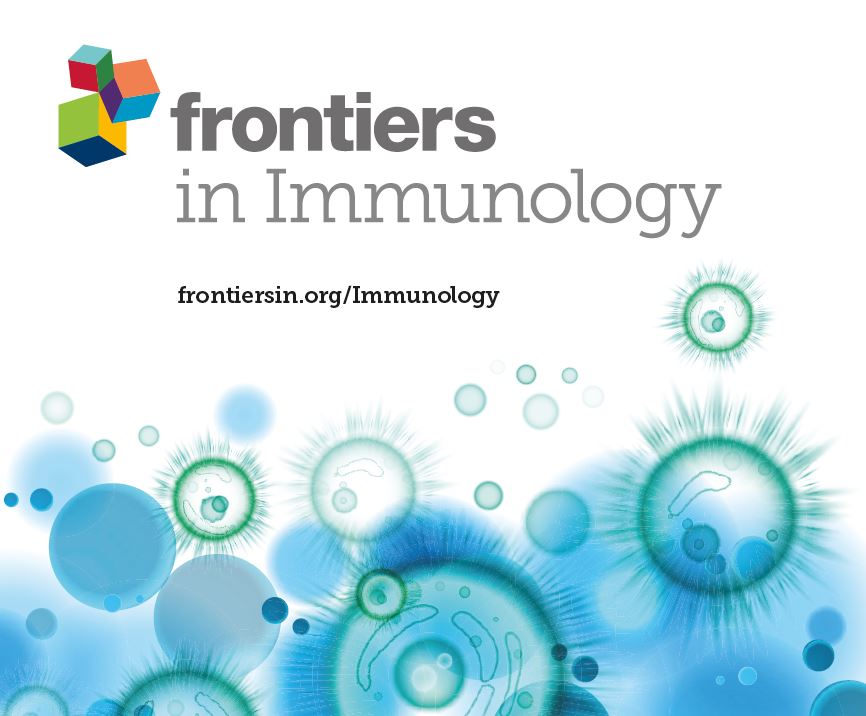摘要
简介:急性心肌梗死(AMI)是一种危急情况,可导致缺血性心肌病(ICM),这是一种以心功能受损为特征的继发性心力衰竭状态:本研究探讨了有丝分裂在从 AMI 向 ICM 过渡过程中的作用。我们分析了来自 GEO 的 AMI 和 ICM 数据集,通过 GeneCards 和 Molecular Signatures Database 等数据库确定了有丝分裂相关的差异表达基因(MRDEGs),然后进行了功能富集和蛋白质-蛋白质相互作用分析。利用逻辑回归、支持向量机和 LASSO(最小绝对收缩和选择操作器)来确定关键的 MRDEGs 并开发诊断模型,并利用 LASSO 评分进行风险分层。分组分析包括功能富集和免疫浸润分析,以及蛋白质结构域预测和涉及转录因子、miRNA 和 RNA 结合蛋白的调控网络整合,从而确定药物靶点:结果:TGFβ通路在AMI和ICM的高风险组和低风险组之间存在显著差异。值得注意的是,在 AMI 低风险组中,MRDEGs 与活化的 CD4+ T 细胞呈正相关,与 17 型 T 辅助细胞呈负相关;而在 AMI 高风险组中,RPS11 与自然杀伤细胞呈正相关。在 ICM 中,MRPS5 与低风险组的活化 CD4+ T 细胞呈负相关,而与高风险组的记忆 B 细胞、肥大细胞和树突状细胞呈负相关。在包括血液样本、动物模型和心肌缺氧/再氧模型在内的多种实验方法中,RPS11 的诊断准确性得到了验证,其曲线下面积(AUC)为 0.794:本研究强调了有丝分裂在从急性心肌梗死向急性心肌梗死转变过程中的关键作用,突出表明 RPS11 是一种非常重要的生物标志物,具有很好的诊断潜力和治疗意义。Introduction: Acute myocardial infarction (AMI) is a critical condition that can lead to ischemic cardiomyopathy (ICM), a subsequent heart failure state characterized by compromised cardiac function.
Methods: This study investigates the role of mitophagy in the transition from AMI to ICM. We analyzed AMI and ICM datasets from GEO, identifying mitophagy-related differentially expressed genes (MRDEGs) through databases like GeneCards and Molecular Signatures Database, followed by functional enrichment and Protein-Protein Interaction analyses. Logistic regression, Support Vector Machine, and LASSO (Least Absolute Shrinkage and Selection Operator) were employed to pinpoint key MRDEGs and develop diagnostic models, with risk stratification performed using LASSO scores. Subgroup analyses included functional enrichment and immune infiltration analysis, along with protein domain predictions and the integration of regulatory networks involving Transcription Factors, miRNAs, and RNA-Binding Proteins, leading to drug target identification.
Results: The TGFβ pathway showed significant differences between high- and low-risk groups in AMI and ICM. Notably, in the AMI low-risk group, MRDEGs correlated positively with activated CD4+ T cells and negatively with Type 17 T helper cells, while in the AMI high-risk group, RPS11 showed a positive correlation with natural killer cells. In ICM, MRPS5 demonstrated a negative correlation with activated CD4+ T cells in the low-risk group and with memory B cells, mast cells, and dendritic cells in the high-risk group. The diagnostic accuracy of RPS11 was validated with an area under the curve (AUC) of 0.794 across diverse experimental approaches including blood samples, animal models, and myocardial hypoxia/reoxygenation models.
Conclusions: This study underscores the critical role of mitophagy in the transition from AMI to ICM, highlighting RPS11 as a highly significant biomarker with promising diagnostic potential and therapeutic implications.

 求助内容:
求助内容: 应助结果提醒方式:
应助结果提醒方式:


